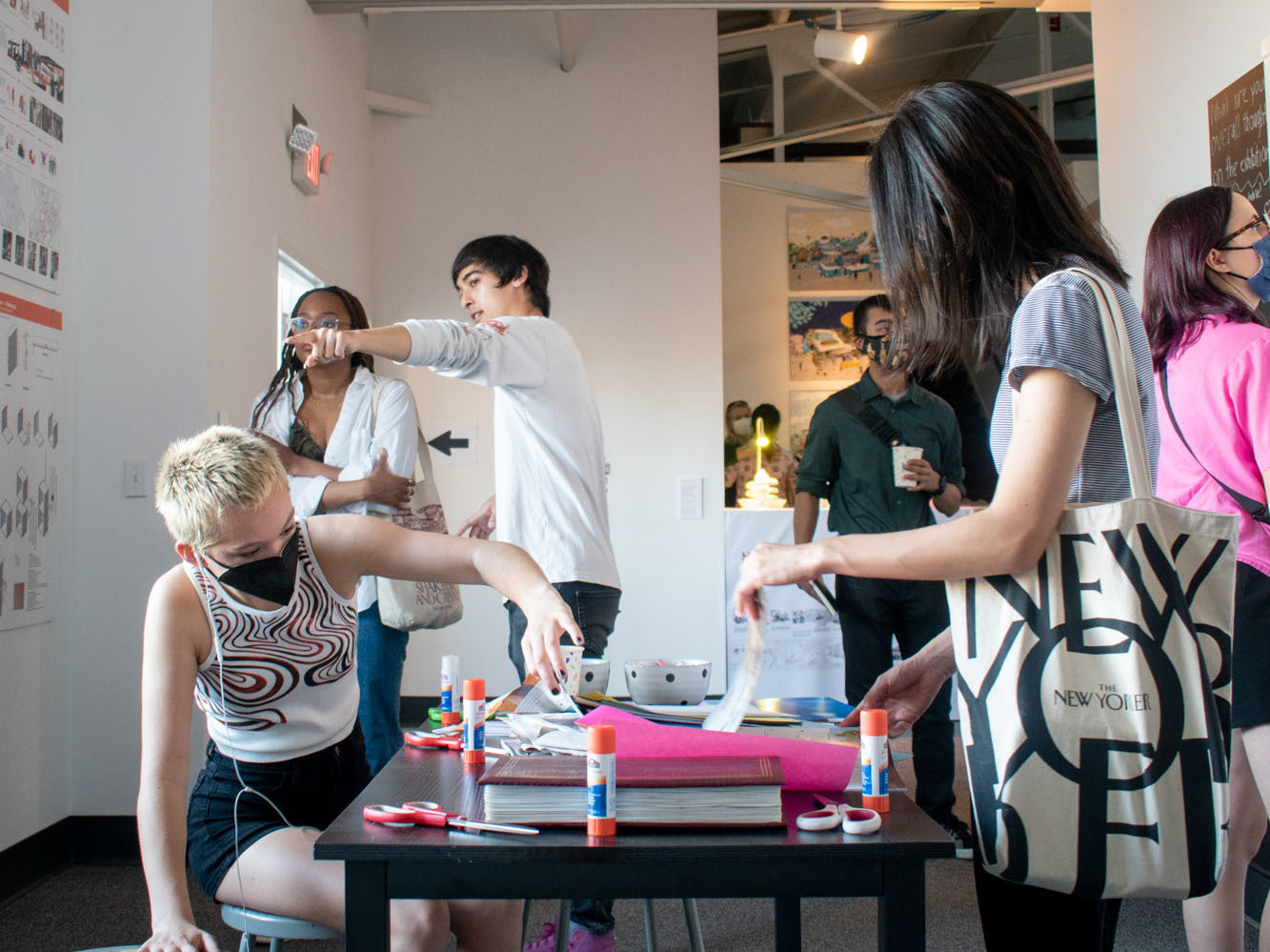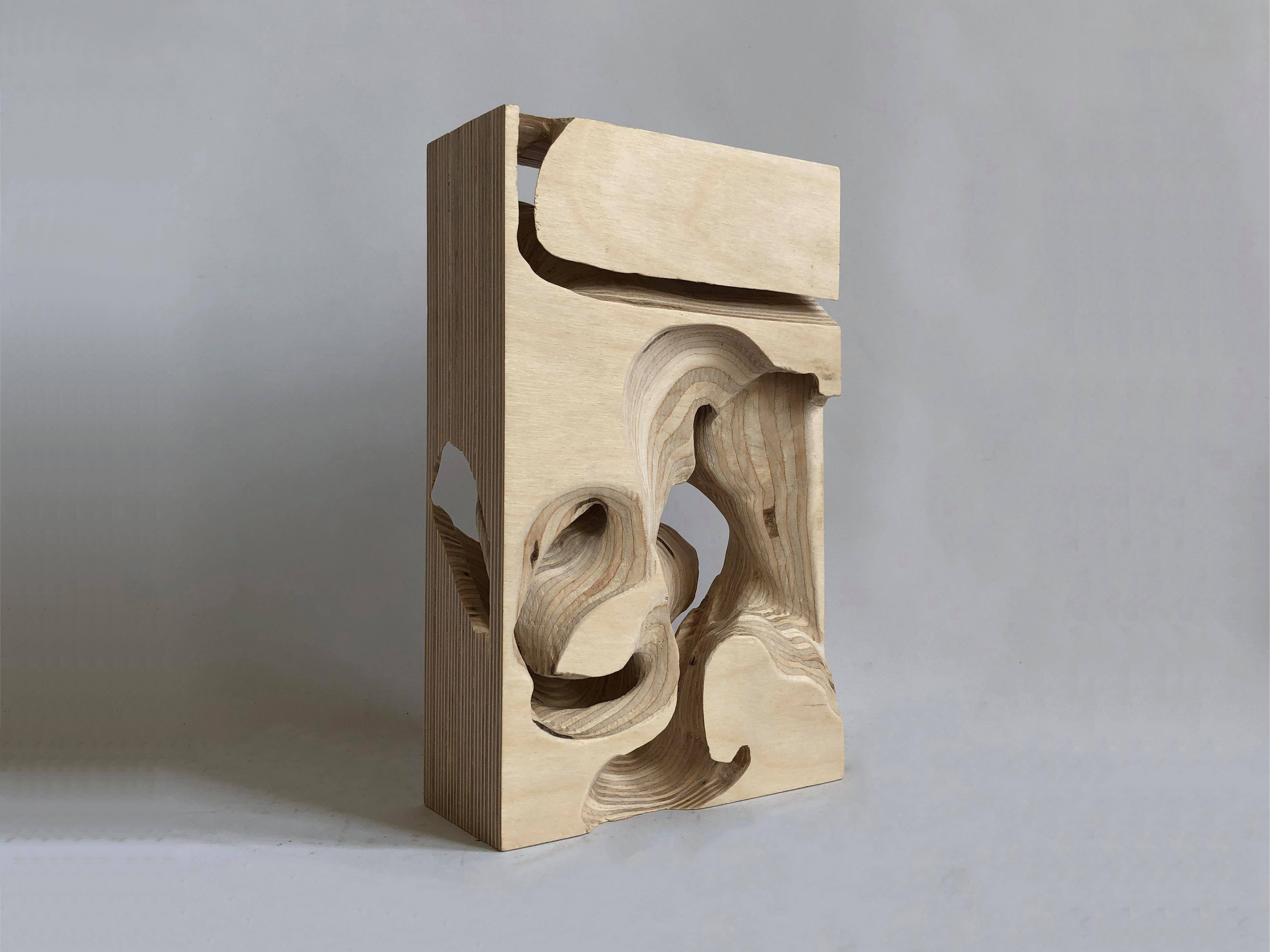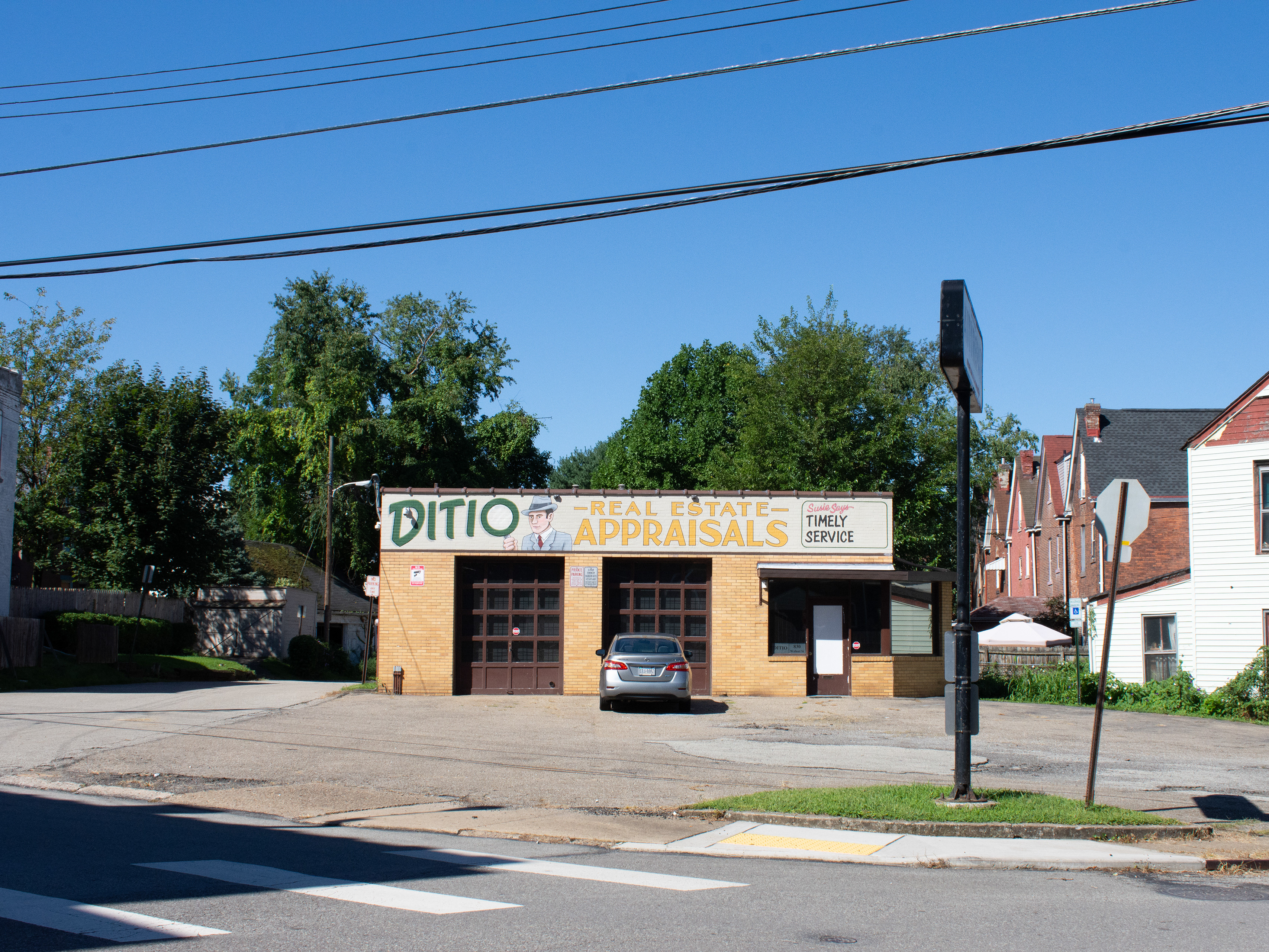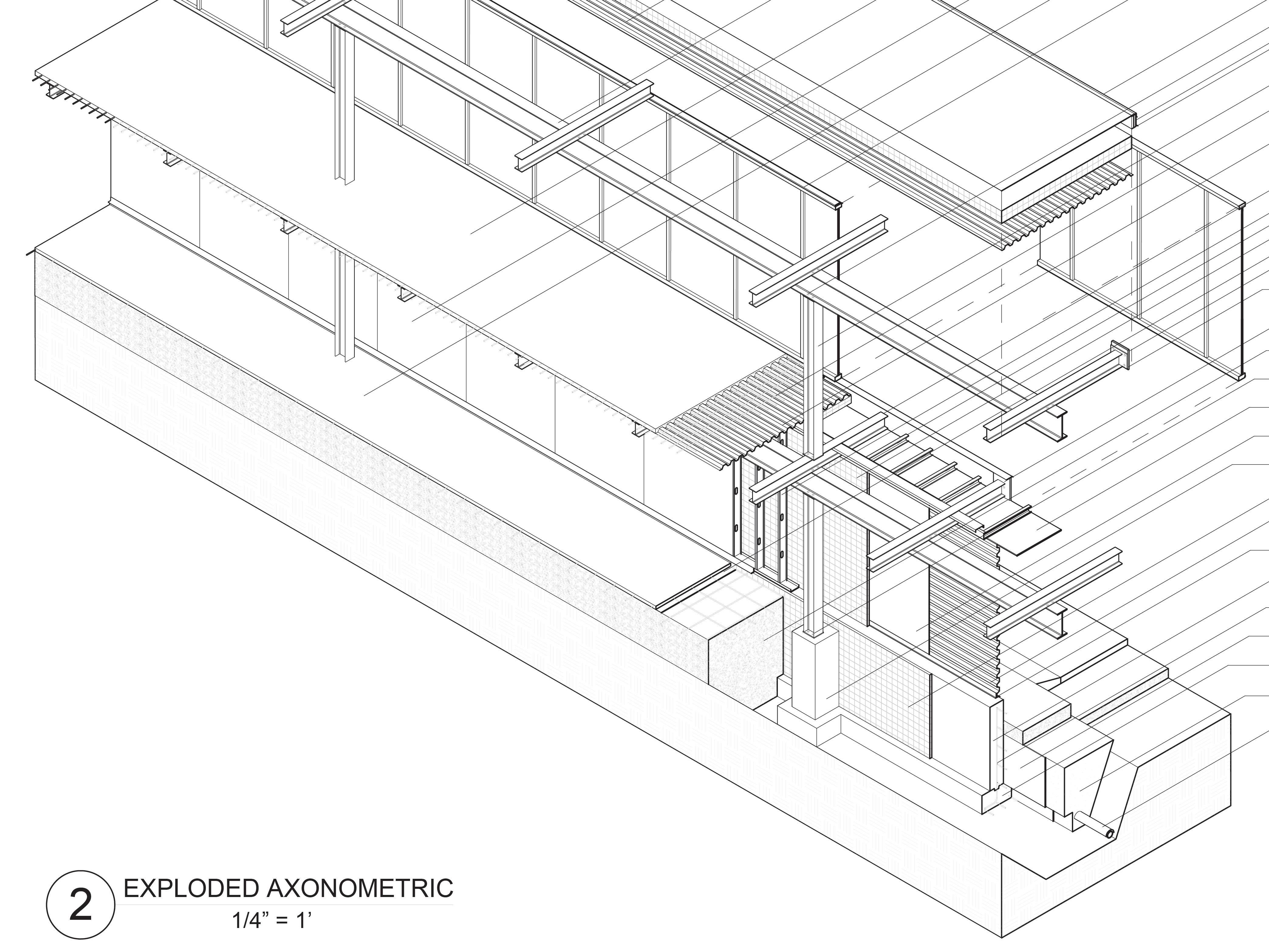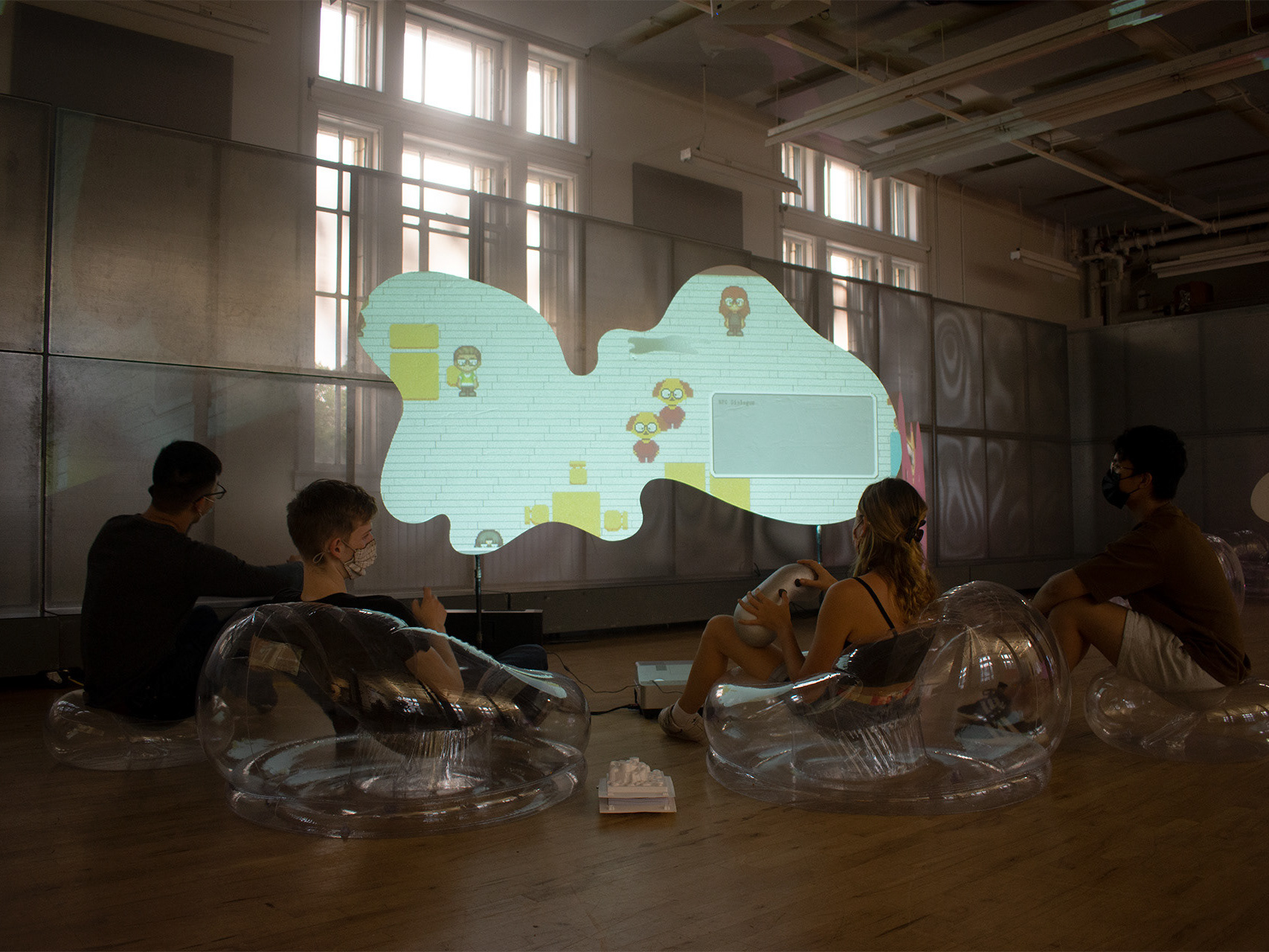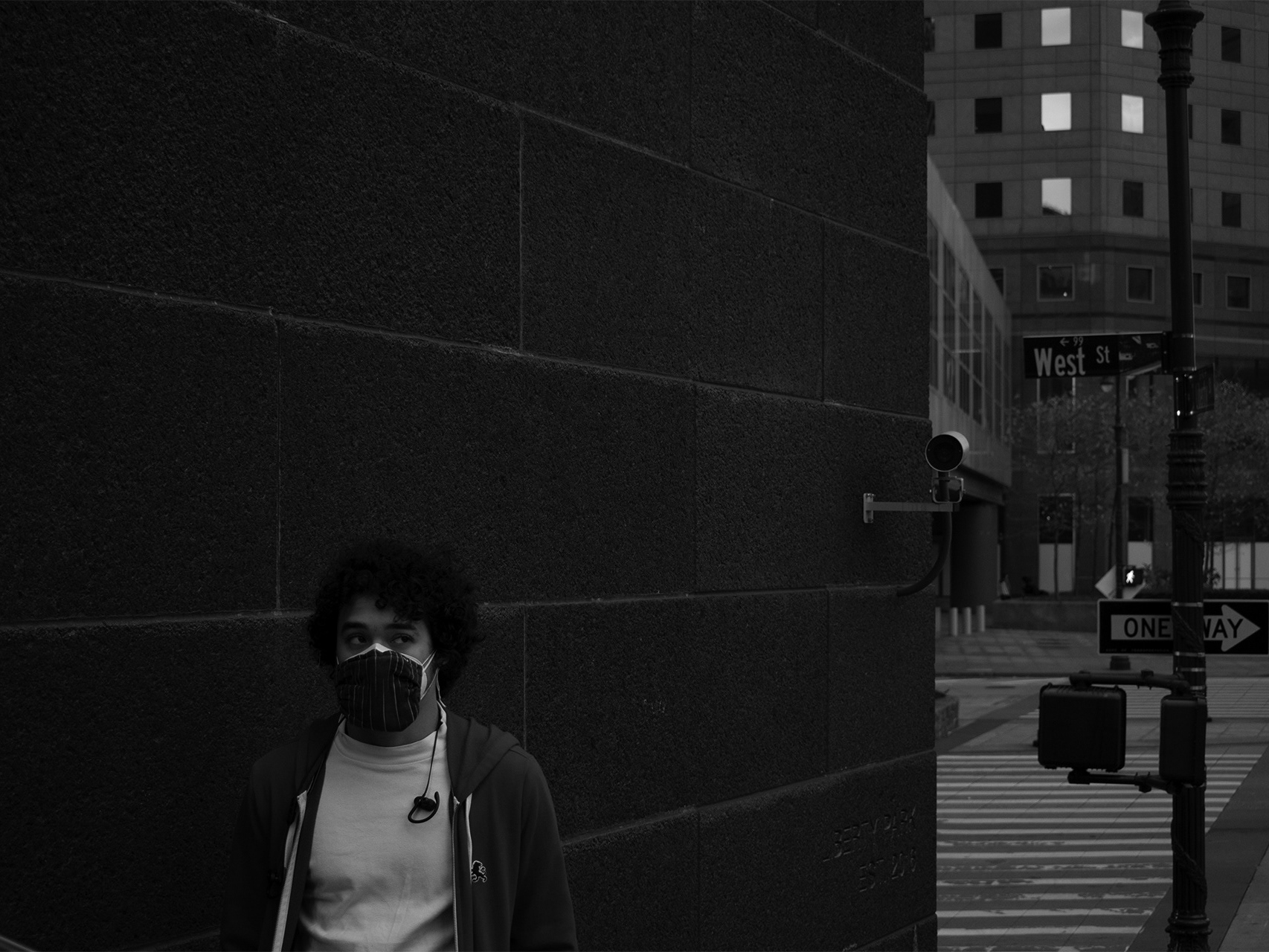The main focus of our studio this semester has been architecture as a part of the whole planet’s ecology. With sea levels rising with climate change, 6 Mile Island becomes a testing ground for new types of forms and infrastructure to work harmoniously with natural forces, rather than fight against them.
One question that has been driving me this semester is the question of whether architecture has the ability to influence the way that we think and perceive, thereby changing the way we go about our lives. This semester I have been reading far more than I have any other semester and one of the most compelling readings was The Object of Ecosophy by Felix Guitari. In this reading he advocates for those in creative fields to spark an intellectual curiosity within the general public in order to create larger changes in our society. However, it is difficult to influence people with architecture beyond how they interact with the space itself. In order to create anything that has a lasting influence on people it needs to tell a narrative. The architecture I think about when I think about architecture that has affected my view of the world is the Hiroshima Peace Memorial Museum. In history classes growing up I heard the argument that bombing Hiroshima and Nagasaki was the right decision because it saved American lives, but after seeing the atrocities firsthand, there was nothing that could possibly justify that level of destruction.
One of the most interesting aspects of our site for the weather museum was that the island moved over time, until the 1950's when the Navy Corp installed a concrete bunker on the island in order to slow down the movement. This map shows the movement of the island as a timeline along with the history of the Allegheny River and Pittsburgh. The tags describe different legislation that has been passed over the years to clean the air and water in the Pittsburgh region, as well as national legislation that has been passed. The darkness of the river correlates with the dirtiness of the river during that period of time and the thickness of the river represents the amount of fish species in the river. The pink on either side of the river represent the Pittsburgh and Sharpsburg sides of the river and the thickness of the pink represents the population of those areas over time. As many industries left Pittsburgh the quality of the water improved, but the population of Pittsburgh decreased as there were not as many jobs.
This map depicts the densities of different natural elements on the island as a gradient condition, rather than a hard edge condition. The blue represents water on and around the island, the pink represents the vegetation on the island, and the white represents the topography of the island. It is important not to think of the island simply as an object but to understand all the natural forces that make up the island.
This map depicts the island as a series of photos taken on the island that are laid out at the location at which the photo was taken. Through the images one can see the views around from the island and the types of vegetation and how it differs across the island, as well as understanding the edge condition of the island.
My eco-machine for the building is an algae energy production system. When doing studies on existing architectures with algae energy production, I noticed that all of the systems had very rigid systems consisting of controlled mechanics and glass and steel that completely opposed the fluid and organic algae processes. My building attempts to operate in a more fluid manner that could stretch, shrink, expand, and curve according to factors such as rainwater and sunlight. In order to achieve this I devised of the algae system as composing of two layers of a clear flexible ETFE material with the water and algae held between these two layers.
My design for the weather museum consists of a series of programs spread out over the island that anchor certain parts of the island. The areas of the island that are not anchored would slowly erode over time and eventually the island would transform into several smaller islands. The idea of a dynamic architecture and island helps to depict the effects of natural elements such as the river and weather and people going several times over a long period of time would get a different experience each time. Because the island would be splitting into multiple islands, I organized the structure of the building in a rhizomatic manner. Guittari describes the rhizome as a relationship that operates similar to that of roots. They spread with no direction or a start and end, unlike a tree structure that has a starting point and branches out from there. While a tree has a clear hierarchy, the rhizome operates as a plane of consistency. Guittari argues that society as a whole is rhizomatic in that it is adaptive to change.
In order to figure out the structure for each program on the island I first ran a DIVA sunlight simulation on each of the eleven membrane surfaces to get the area of most sunlight and least sunlight. This helped me to map which areas of the membrane would have the most or least algae growing in them. I then created a Grasshopper script that created a pipe-like structure based off of the simulations with the density of the structure and the distance it sticks out from the surface determined by the sunlight simulation. This allowed for a structure that was respondent to the sunlight and allows those within the building to see the connection between the sunlight affecting the algae growth and the density of the structure within the building.

